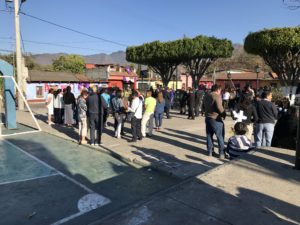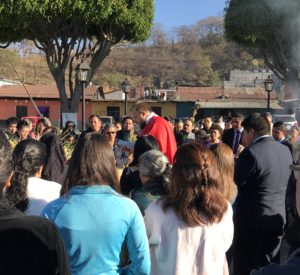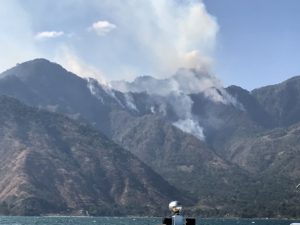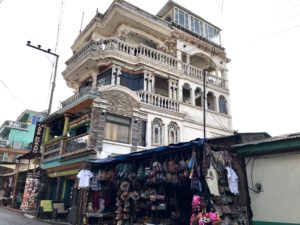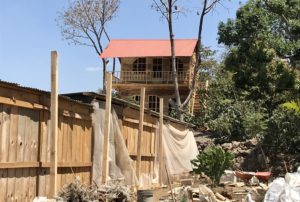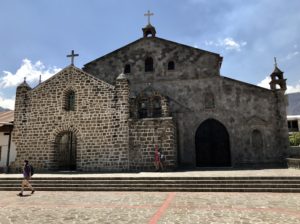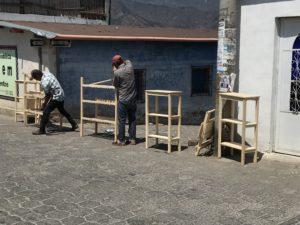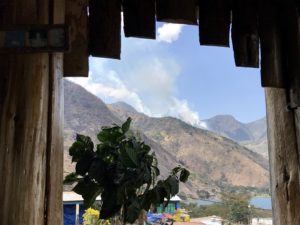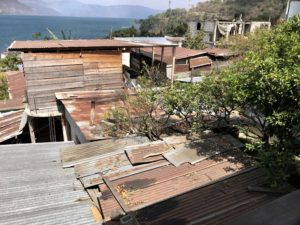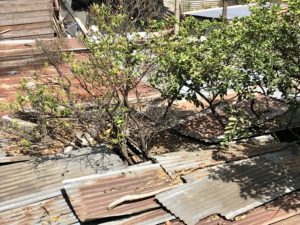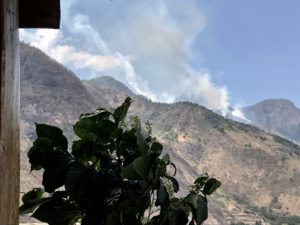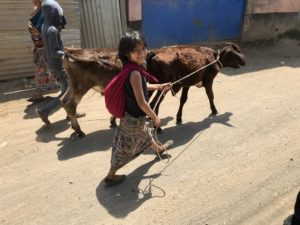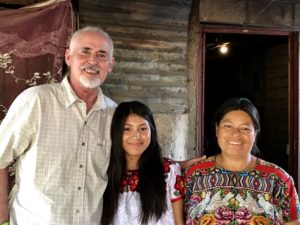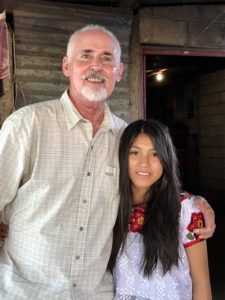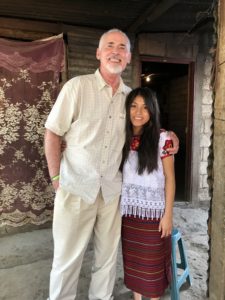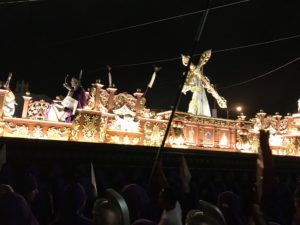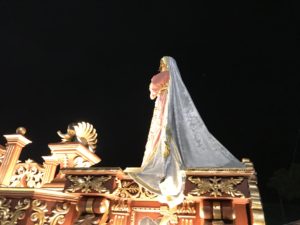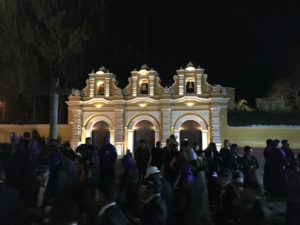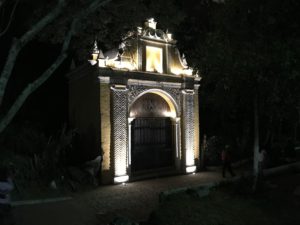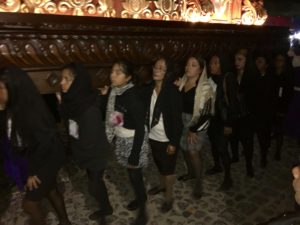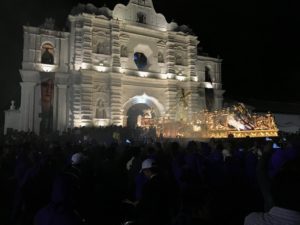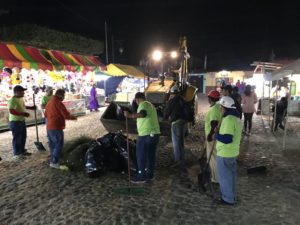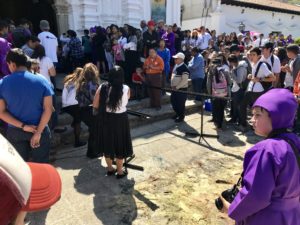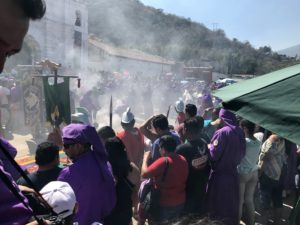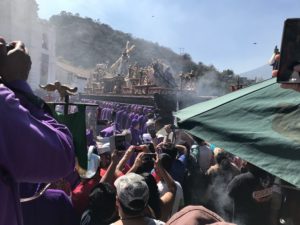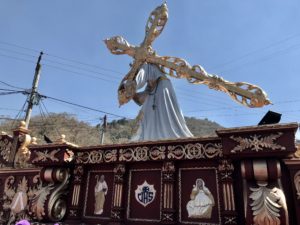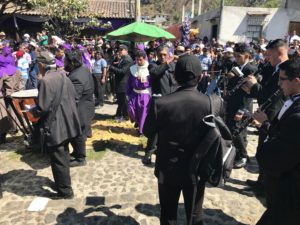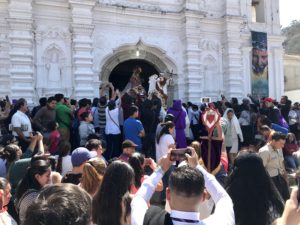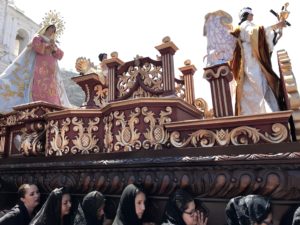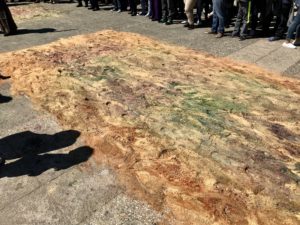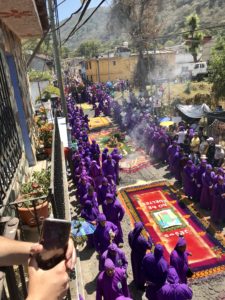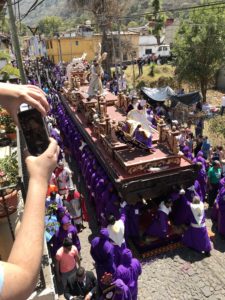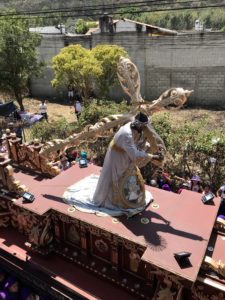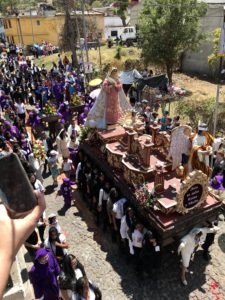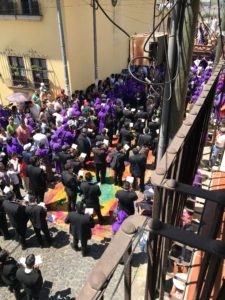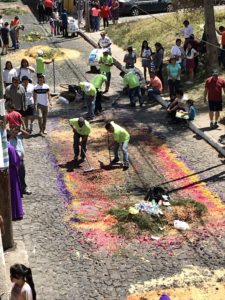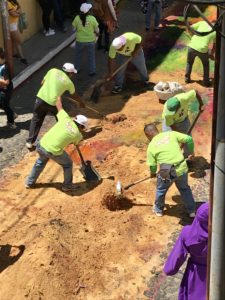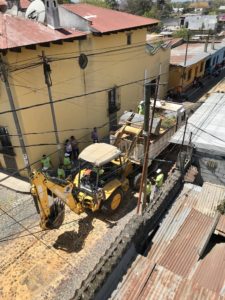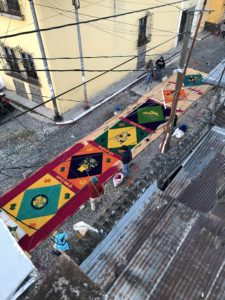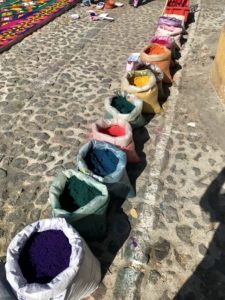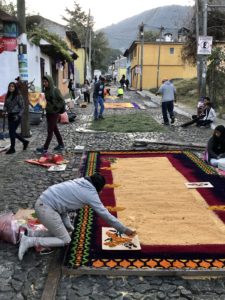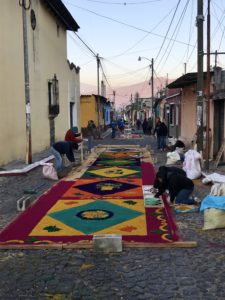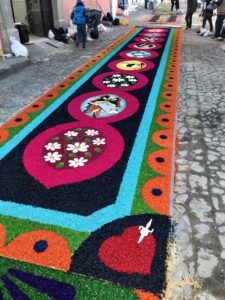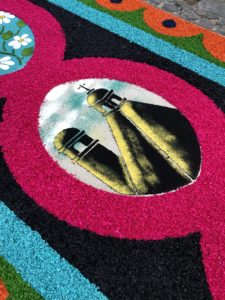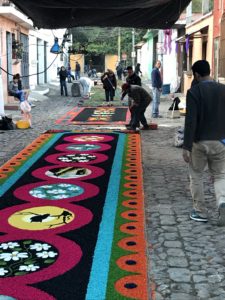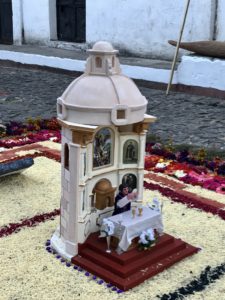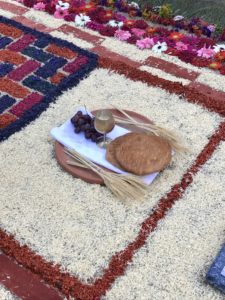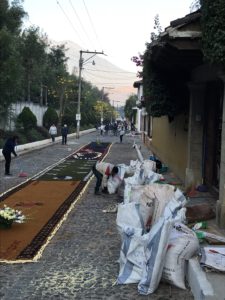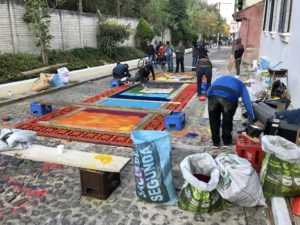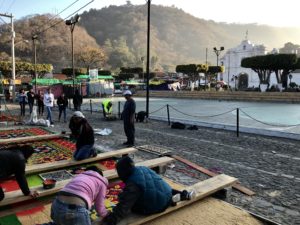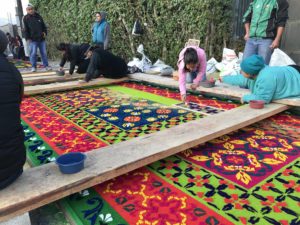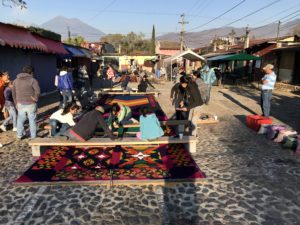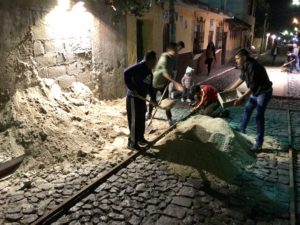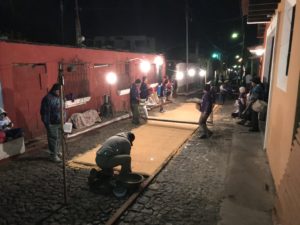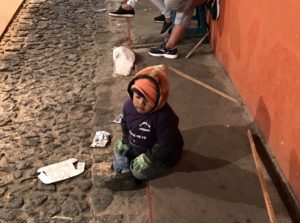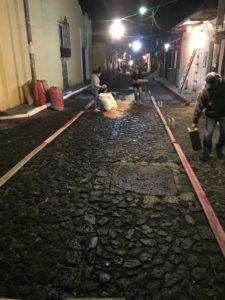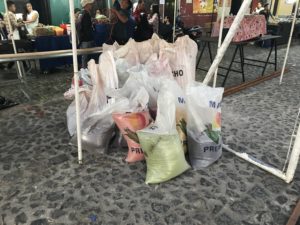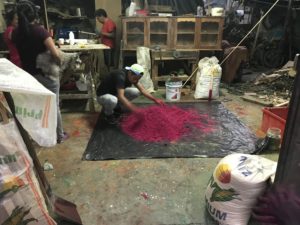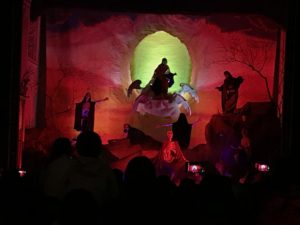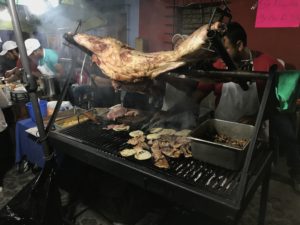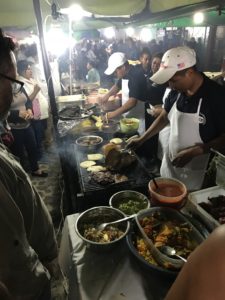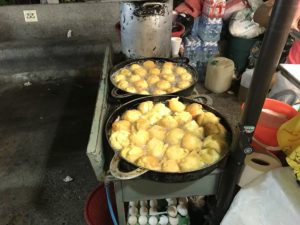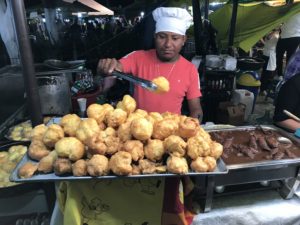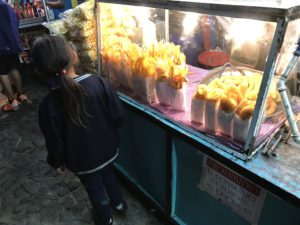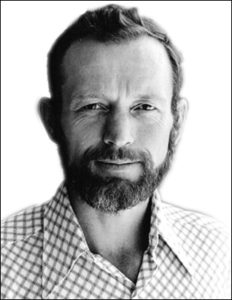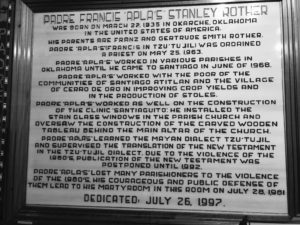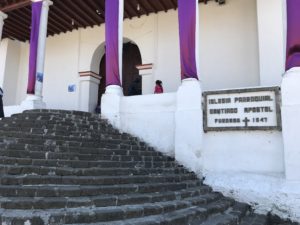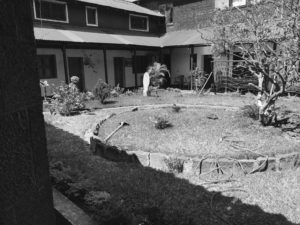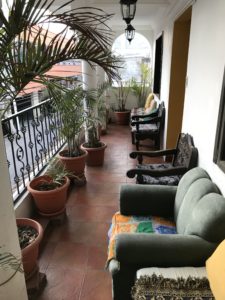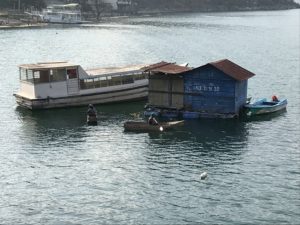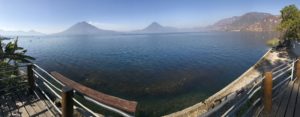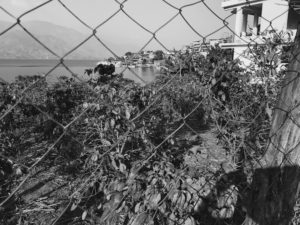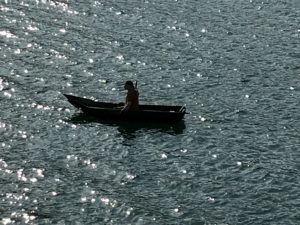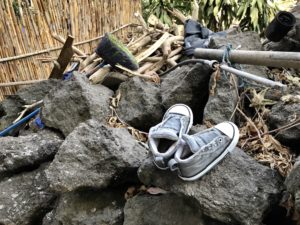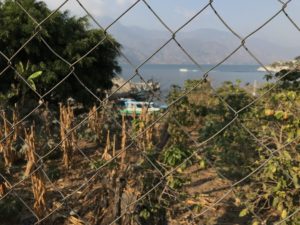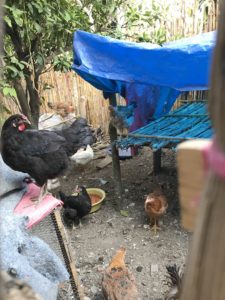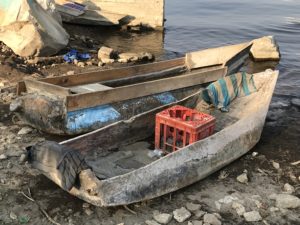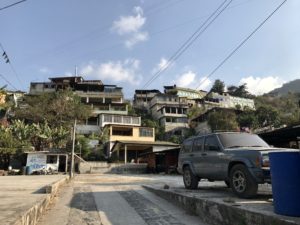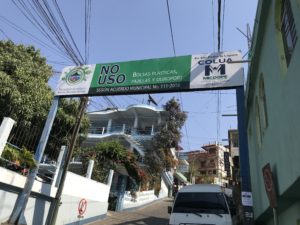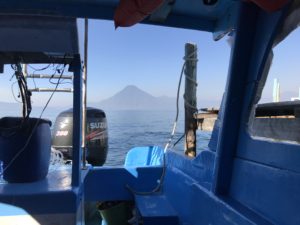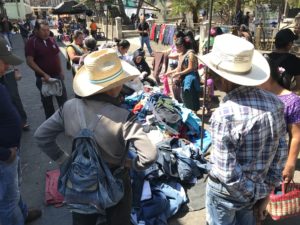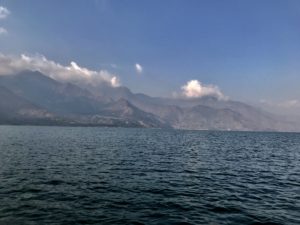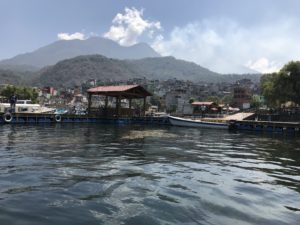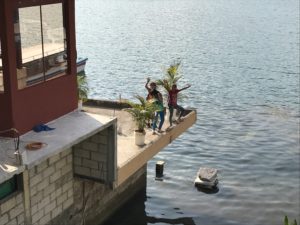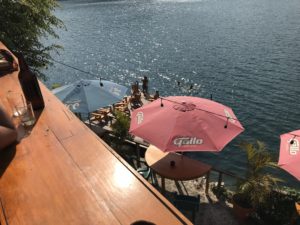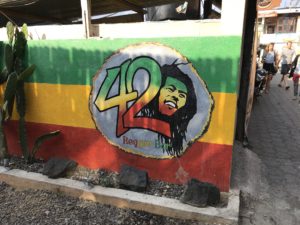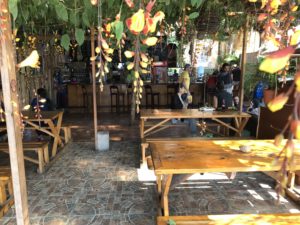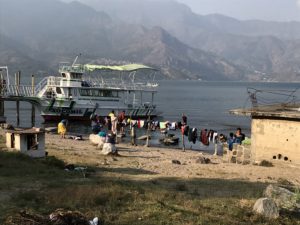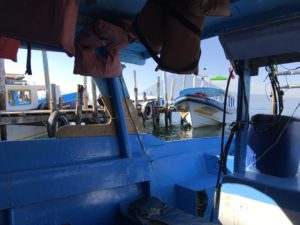It’s early morning on Palm Sunday and this morning I woke up with a trail of thoughts. It doesn’t seem like that long ago that I was writing about Palm Sunday in Moab, and Easter Sunday in Durango. And yet a lot has happened since then. Well, one big thing, I moved. Dare I be so cliche as to say a year flies by so quickly.
This year I will celebrate Palm Sunday in a little Spanish church, in a little village called Santa Ana. With a whole bunch of new neighbors. There’s a special sort of comfort in knowing I’ve become a familiar face to them. Some I know will notice my absence. Like the two young boys, Julio and Jovento, that “run” the little tienda just a couple of doors up the hill. Jovento can barely see over the counter but knows the price of every single item in the store and can make change with the best. Early on they used to charge me 25Q for my big bottles of water. Now they charge me eighteen. 🙂
And the girls at the lavanderia who long ago stopped needing to ask me my name when they write out my factura. I will miss them. And I will miss my Guatemalan family. Friday night street food dinner, Sunday mass and breakfast, and Monday dinners at their home, always traditional. But I miss my kids at home terribly, and I can’t wait to see them.
Being away from home at holidays has become the new norm for me. And while some might read that and feel a sorrow there, it is in fact something that I feel a great blessing about. When I think about it, it seems more appropriate to say holidays away from Minnesota. As I think back, I’ve spent a number of Thanksgivings with my sister and brother-in-law in New Mexico. And my niece has been there sometimes as well. I remember a Christmas with them at my niece’s place in Dallas when she lived there. There’s been four wonderful Christmas’ and New Years in Mexico with my kids. If their memories of that are half as great as mine, then those trips were worth every penny I spent on them, and then some. Two years ago, I drove from Flagstaff to Green Valley, AZ so I could celebrate Easter with a group of great friends. And I would be remiss if I didn’t mention that their have been years in Minnesota when I celebrated holidays with my mom and step sisters. Do you get the picture? Being away from MN hasn’t always felt like being away from home. Fast forward back to this morning.
When I get down to the square, the faithful are already beginning to gather for the procession into the church. Agua is looming majestically over this square, and many others, in the hamlets that surround her base. Fuego, as usual is having a casual smoke.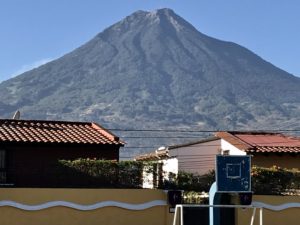
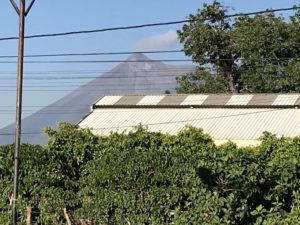
And look, there’s a visiting gringo Padre. I never did catch his name, but I did catch that he is from Dodge City, Kansas. i waited for a little bit after mass, but it seemed like most of the town wanted to greet him and get a little minute, so I left them to it.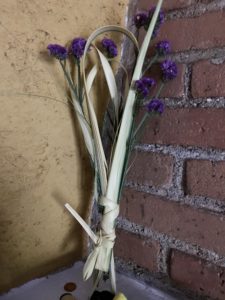
Crushed or no from the trip home, my palms will find a special place in my apartment.
